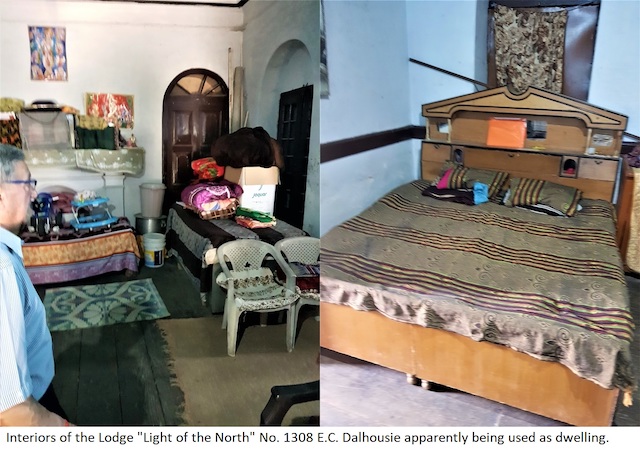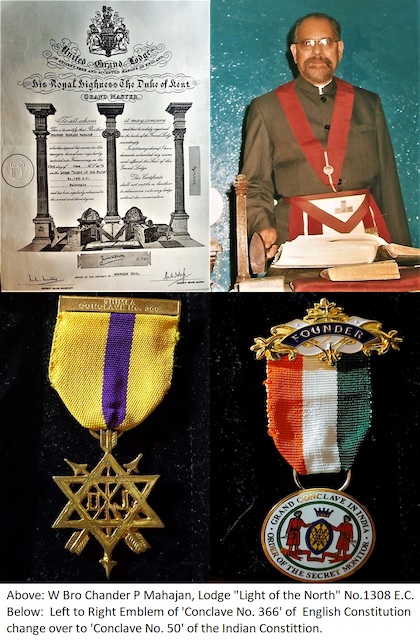
Brought to India by the British, Freemasonry traces its roots in India in the early years of the 18th century. Presently, India has over 500 lodges and more than 25000 Freemasons. The Grand Lodge of India (GLI) is the main governing body of Freemasonry within India; it was officially constituted on Friday 24 November 1961.

- Freemasons are groups of likeminded men who are committed, while Freemasonry is a brotherhood based on charity and self-improvement. Freemasons are focused on building themselves as people of integrity, being a Freemason gives members a sense of purpose, supporting and guiding them on their journey through life with instinctive sympathy and fellow feeling between people with something in common.
- The teachings enjoin morality, charity, and obedience to the law of the land; devoted to fellowship, moral discipline, and mutual assistance.
- Freemasonry is described in its own ritual as a “Beautiful and profound system of morality, veiled in allegories and illustrated by symbols”.
- The symbolism of Freemasonry contains many of the working tools of a medieval stonemason. All Masonic rituals for the first three degrees use the architectural symbolism of the tools of the medieval operative stonemason.
- Freemasons, as speculative masons (meaning philosophical rather than actual building), use this symbolism to teach moral and ethical lessons. The most well-known Freemason symbol “Square and Compasses,” depicts a builder’s square joined by a compass.
- Freemasons “are not a secret society, but rather a society with secrets”- the various modes of recognition – grips (handshakes), passwords and signs (hand gestures) that indicate one is a Freemason; more out of tradition than a need for actual secrecy.
- Regular Freemasonry insists that no women be admitted, and that the discussion of religion and politics be banned.
Freemasonry exists in over 190 countries in the World. In Britain and certain other countries there are separate lodges restricted to women.
Prof. (Er.) Chander P Mahajan is an art critic & a free lance journalist. The Environmentalist stays in Shimla and Dalhousie, Himachal Pradesh, India.








